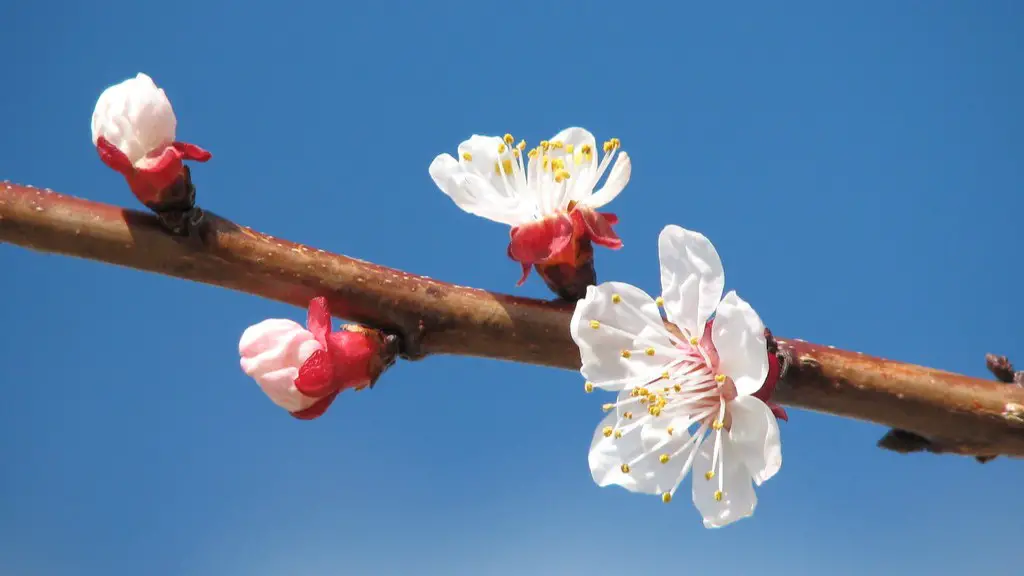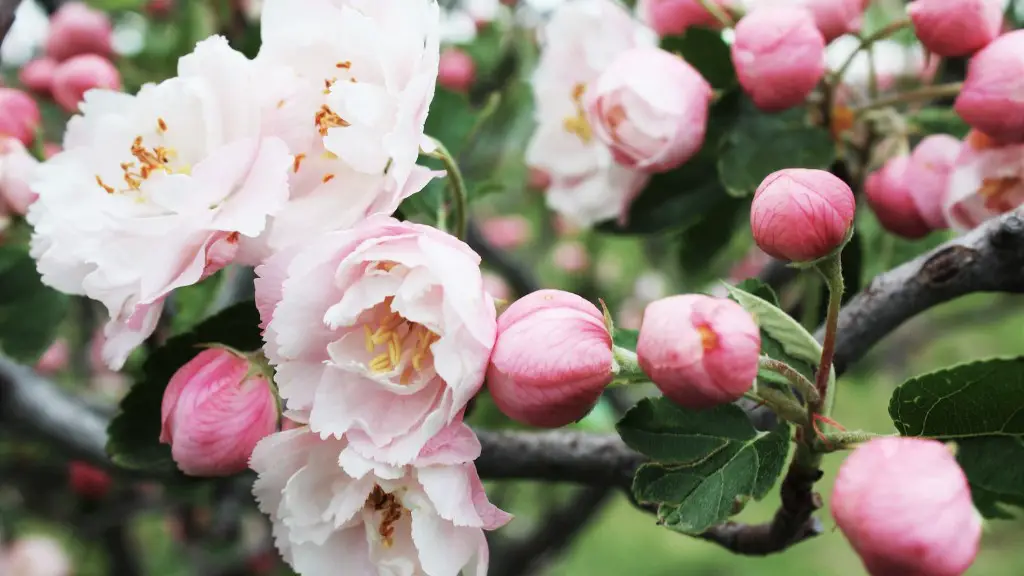Planting an apple tree is a rewarding experience and an important part of maintaining orchard growth. Knowing what to do before, during, and after planting is essential in helping your apple tree get off to a healthy start. This guide will walk you through the step-by-step process of planting an apple tree in your orchard.
Before you plant, there are a few things to consider. Firstly, the soil type. Apple trees prefer slightly acidic, loamy soil with a pH of 6.0-6.8. Secondly, the location. Locate your tree in an area that has adequate space for growth, at least 15’ from buildings and other trees. Lastly, consider the size and space of the tree. Bigger trees will require larger holes and more spacing between trees.
When you’re ready to plant, dig a hole a little bit bigger in width and depth than the root system of your tree. Mix well-rotted compost, peat moss, or organic fertilizer into the soil removed from the hole. Place the tree into the hole and spread the roots outward. Backfill the hole with the soil mix around the roots, tamping the soil down as you go. Apple trees should be planted at the same depth as the tree was originally growing.
Once the tree is planted, mulch the soil around the tree, keeping it at least 6” away from the tree trunk. This will conserve soil moisture and suppress weeds. Water your tree deeply, at least once a week when not receiving natural rainfall. Provide 1-2” of water for young trees, and 3-4” for mature trees.
Prune the tree as soon as possible, cutting off any damaged or diseased branches. And check occasionally for pests and diseases, addressing any issues early on.
With the right planning and care, you will have a healthy, high-yielding apple tree in your orchard in no time.
Before Planting Apple Trees
Before you plant an apple tree, it’s important to consider a few factors. Soil type, location, and size of the tree are all important aspects that need to be evaluated before the planting process begins. Apple trees prefer slightly acidic, loamy soil, with a pH value between 6.0-6.8. The location should provide adequate space for proper growth and future expansion, with at least 15 feet of space between the tree and things like buildings and other trees. Additionally, size matters. Larger trees will require larger holes and more spacing between trees.
Digging Holes and Mixing Soil
Once these factors have been taken into consideration, it’s time to start digging the holes. The holes should be wider and deeper than the root system of your tree. To ensure optimal growth, fill the soil around the roots with a well-rotted compost, peat moss, or organic fertilizer. After backfilling, make sure to water it down thoroughly and tamp the soil down as you go.
Mulching and Watering Your Tree
Once the apple tree has been planted, mulch the soil to conserve moisture and suppress weeds. Keep the mulch at least 6 inches away from the tree trunk. To ensure your tree will have plenty of water, give it approximately 1-2 inches of water for young trees, and 3-4 inches for mature trees. Ensure to water at least once a week when not receiving natural rainfall.
Pruning and Checking for Pests and Diseases
Prune your tree as soon as possible, cutting off any dead, damaged, or diseased branches. Take the time to check for pests and diseases every now and then, and address any issues that arise immediately. With proper care and maintenance, you should have a healthy and high-yielding apple tree in no time.
Comparing Trees Before Purchasing
Before purchasing an apple tree, be sure to compare different varieties. Research the different types of apple trees and assess which ones best suit your orchard’s conditions. Consider the production rate, harvest season, and climate of your specific orchard. Additionally, think about the specifics of your desired uses, like if you plan to use the apples for baking or eating. All of these factors will help you determine the right variety of apple tree for your orchard.
Inspecting the Tree Before Planting
When you’re ready to plant the apple tree, take a look to make sure it’s in good condition. Check the roots for any pests, diseases, pests, or damage. Also, examine the existing branches and leaves to make sure everything looks healthy. If everything checks out, you can be sure that the tree is ready to be planted in your orchard.
Fertilizing and Protecting the Soil
Fertilizing will provide extra nutrients for the apple tree, allowing for better growth and resistance to disease. To protect the soil and tree, use a natural fungicide like lime-sulfur or copper wipes. These will help prevent damage caused by fungus, rot, and other diseases. If the tree shows signs of stress, try using a root stimulator which will help provide essential minerals, vitamins, and microbes.


